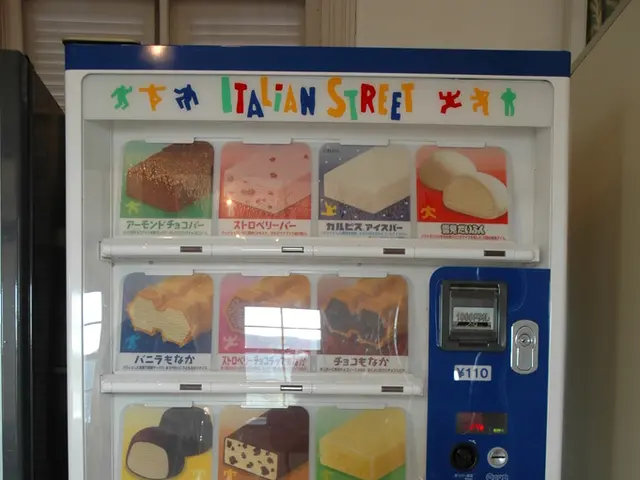LEED Green Associate Guidelines: Water Management necessities for Sustainable Sites Credit in USGBC's LEED Certification
In the pursuit of sustainable building practices, the Leadership in Energy and Environmental Design (LEED) Green Associate exam requires a thorough understanding of the Sustainable Sites Credit, particularly the Rainwater Management requirements.
Contrary to popular belief, maximizing open space within the LEED project boundary is a prerequisite for the Sustainable Sites Credit: Open Space, not for Rainwater Management. To earn the latter, LEED projects must manage the rainwater runoff from the 90th percentile of regional or local rainfall events.
This management is achieved using low-impact development (LID) and green infrastructure (GI) techniques. These strategies, which include rain gardens, bioswales, permeable pavements, green roofs, rain barrels, cisterns, and vegetated buffers, are integral to the Sustainable Sites Credit for Rainwater Management.
However, it's important to note that simply calculating runoff or maximizing open space is not sufficient for earning this credit. Projects must utilize a combination of both structural and non-structural measures to manage a 90th percentile rainfall event. This could involve integrating features like underground rainwater storage systems, which enhance water efficiency and support sustainable building practices.
Moreover, the Sustainable Sites Credit: Rainwater Management requires projects to use GI and LID techniques within the LEED project boundary. But it's essential to remember that this is only one part of the credit requirements. Projects must also manage 90th percentile events using both structural and non-structural approaches.
Calculating the total rainwater runoff for 75th percentile rainfall events is a requirement for the Sustainable Sites Credit: Site Assessment, not for Rainwater Management.
In conclusion, the Sustainable Sites Credit: Rainwater Management is a crucial aspect of LEED certification for sustainable site management. By understanding and implementing the necessary GI and LID techniques, projects can contribute to water efficiency, sustainable building practices, and ultimately, a greener future.
Read also:
- Peptide YY (PYY): Exploring its Role in Appetite Suppression, Intestinal Health, and Cognitive Links
- Toddler Health: Rotavirus Signs, Origins, and Potential Complications
- Digestive issues and heart discomfort: Root causes and associated health conditions
- House Infernos: Deadly Hazards Surpassing the Flames








